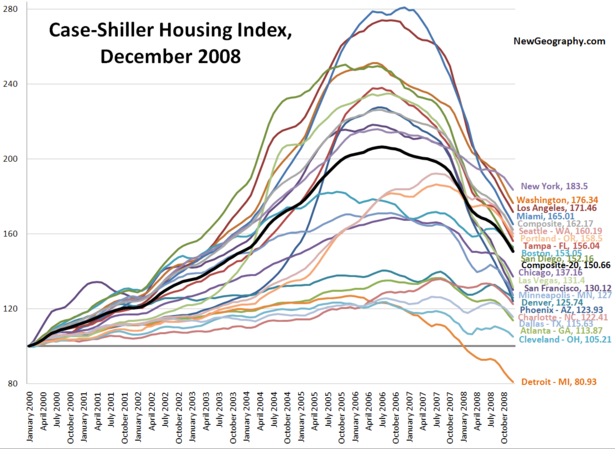Banks in Connecticut, once interested in accepting funds from the Trouble Asset Relief Program, are now “questioning whether it’s worth participating in the program.”
Concerns over the undefined terms and changing conditions imposed on those accessing TARP money has made the banks uneasy about such long-term commitments.
President and CEO of Connecticut River Community Bank, William Attridge, said that the fundamental problem with the program is its open-endedness and the reliance on total-compliance from the banks regardless of any future changes.
President Obama and members of Congress “are under public pressure to toughen conditions on the TARP money in order to improve the poor public image.”
The TARP program was originally created with the intent to “revive bank lending” according to Treasury officials. However, with the obscure terms and conditions currently associated with the program, some argue we’ve lost sight of TARP’s original purpose.
With approximately $293.7 billion in TARP funds distributed as of Jan. 23, undefined regulation doesn’t have all banks protesting.
Some smaller bank feel that increased capital will help the banks “continue to steal market shares from larger banks and help offset inevitable weaknesses among borrowers due to the recession.”
It remains to be seen whether or not the Connecticut bankers will take TARP money, but too many unknowns and perceived risks will certainly be factors in its approval.













